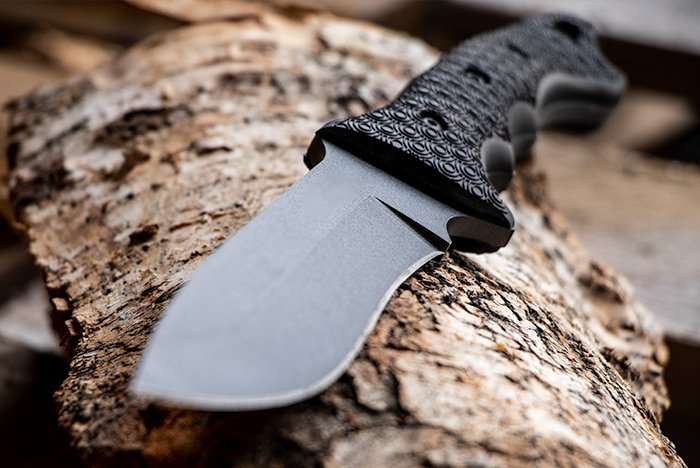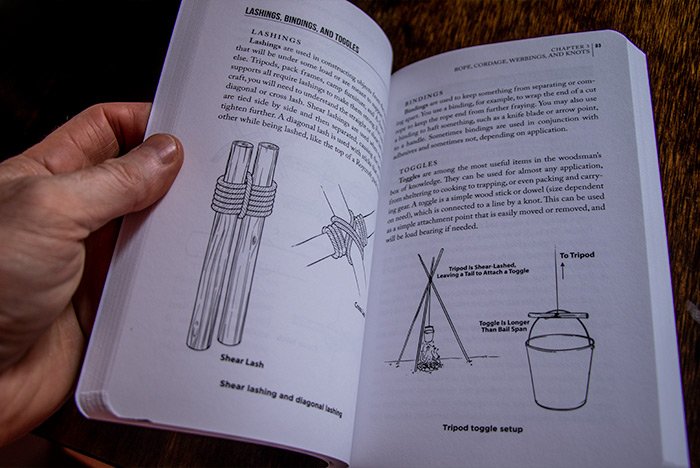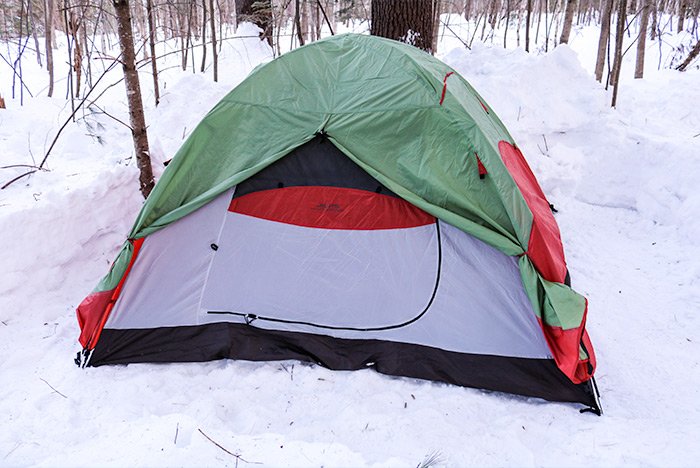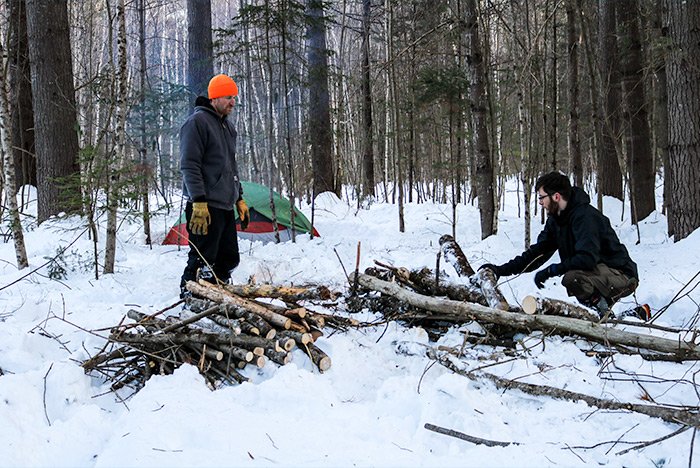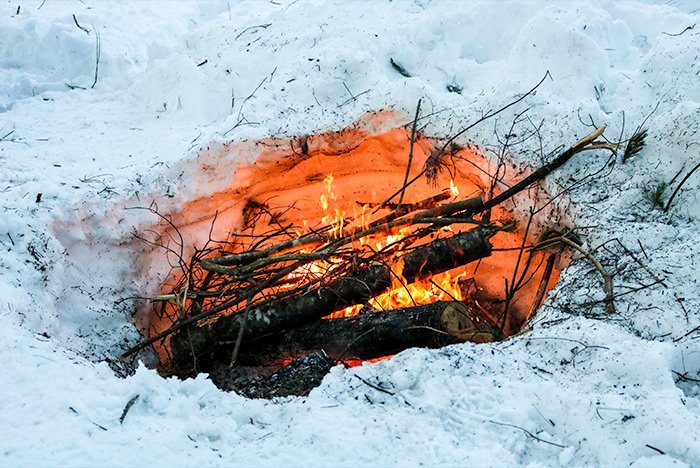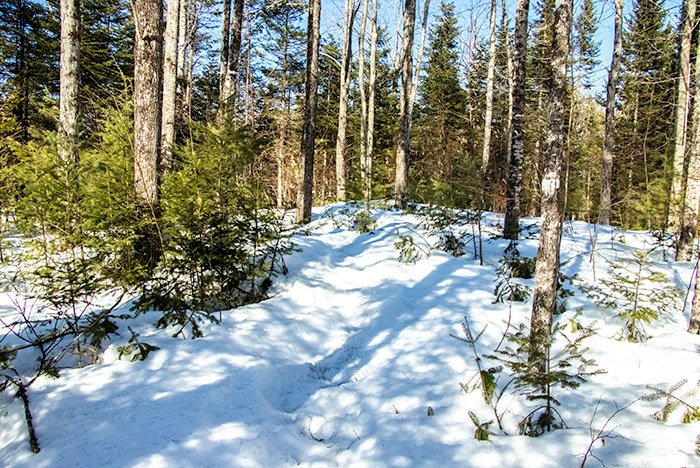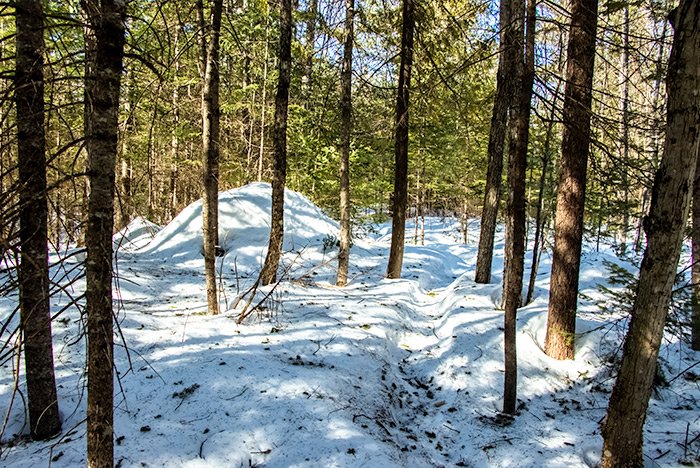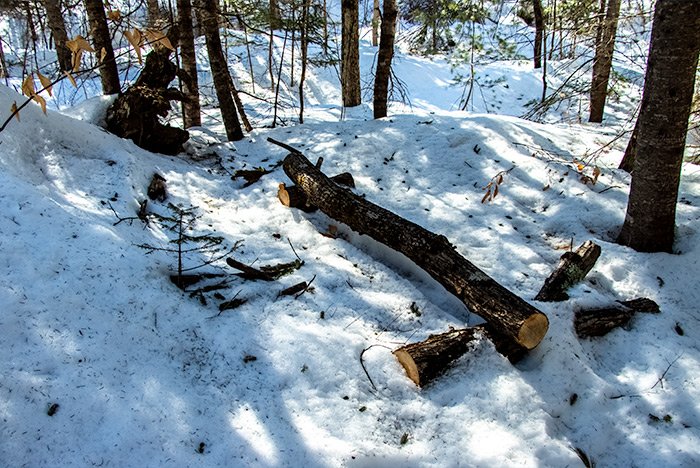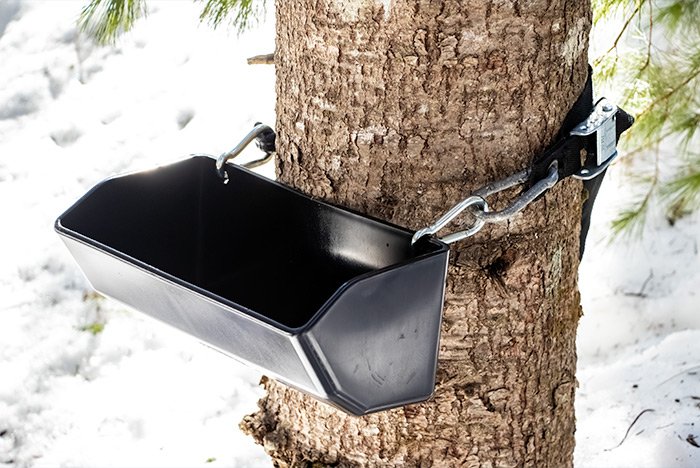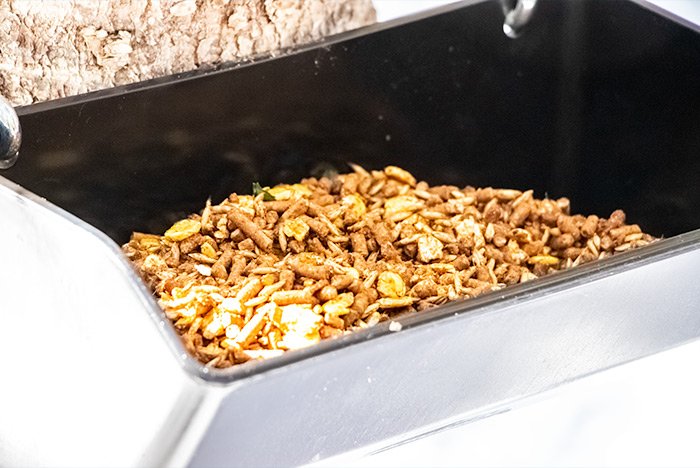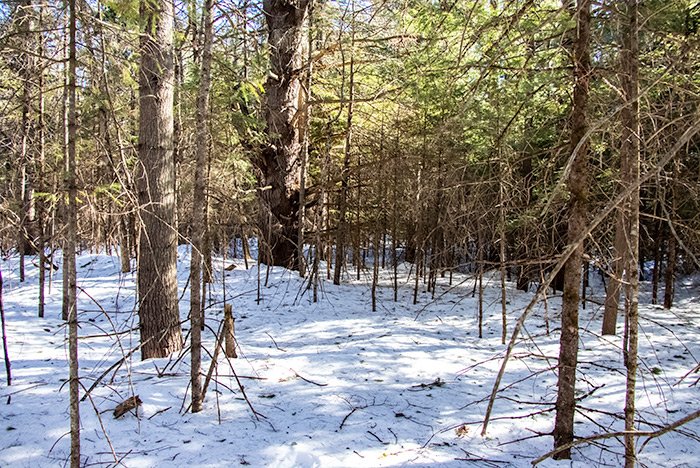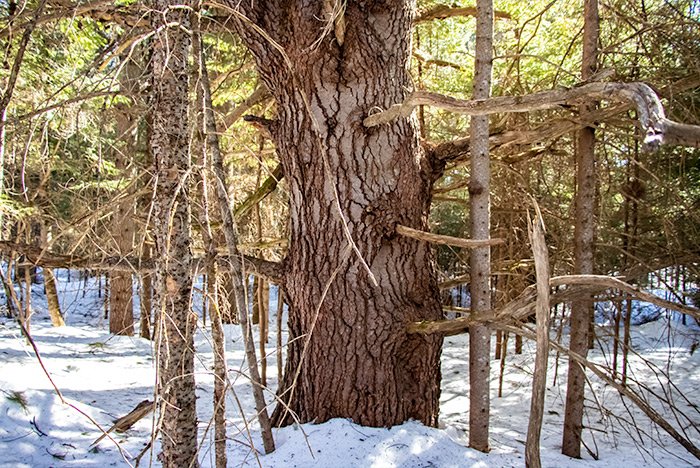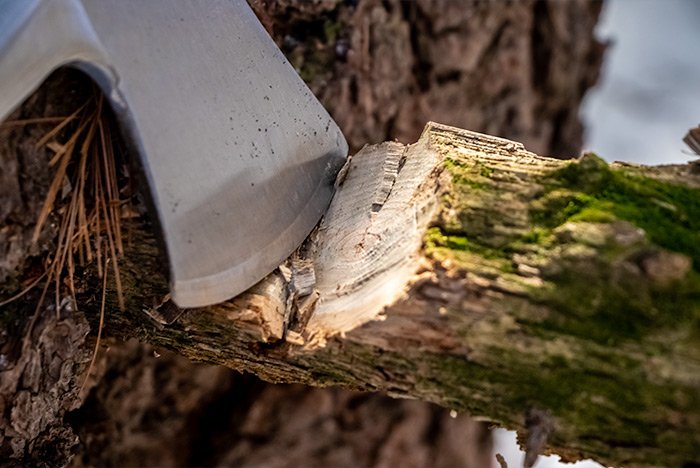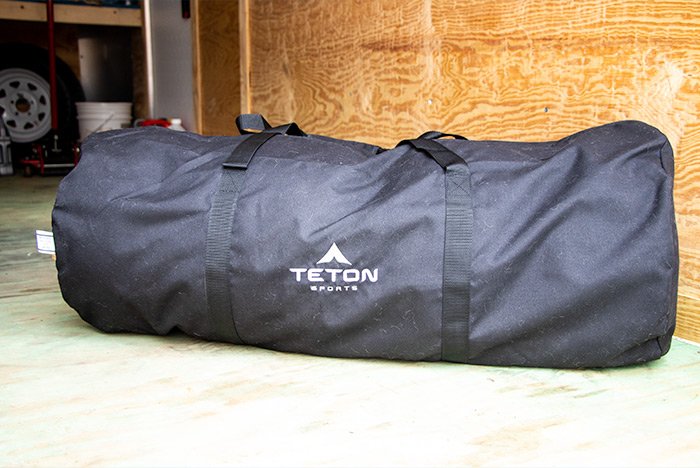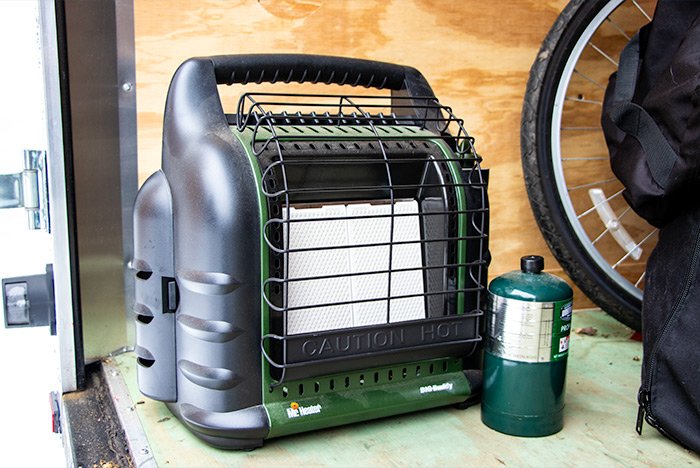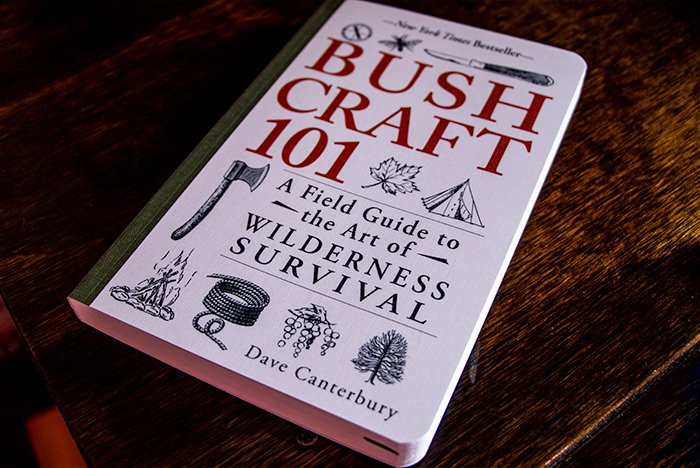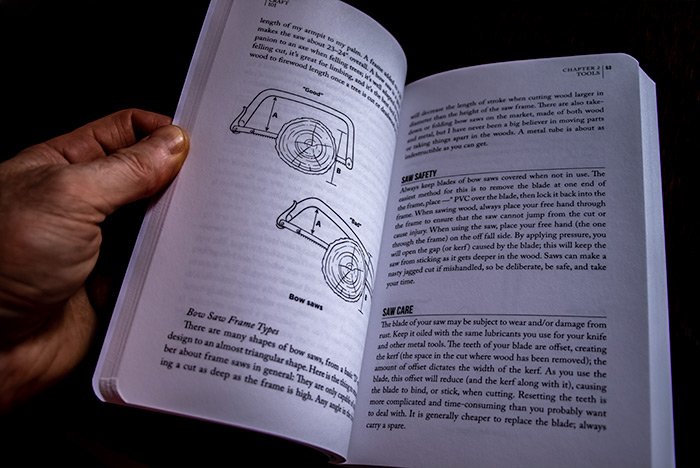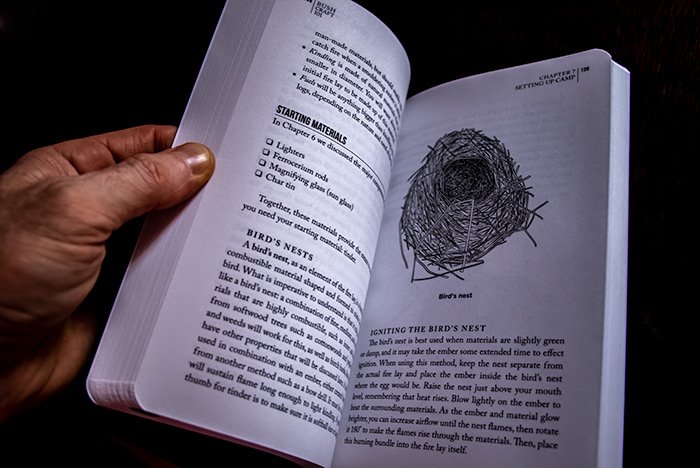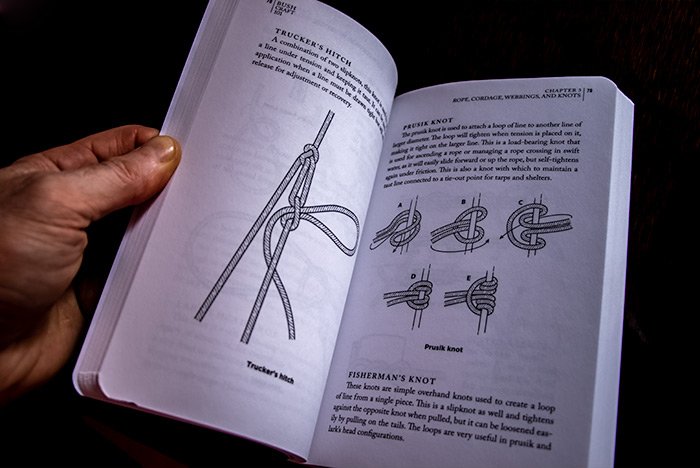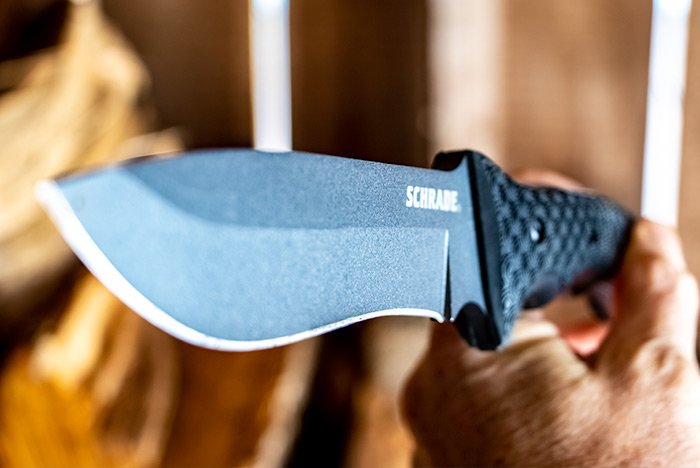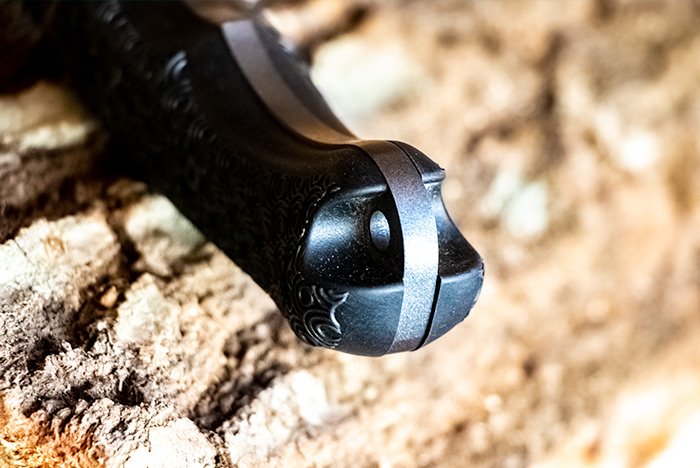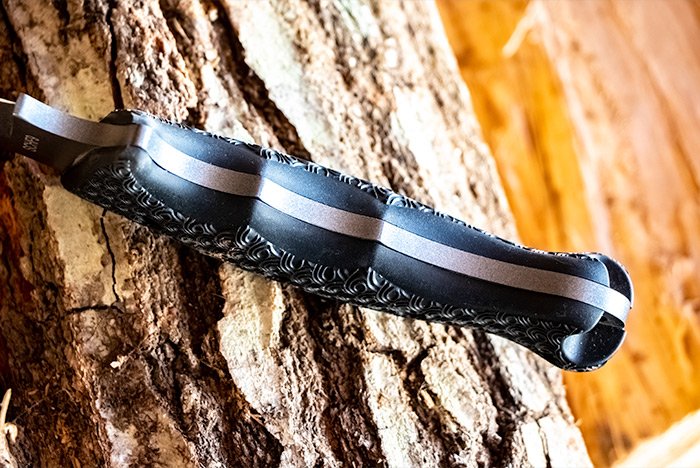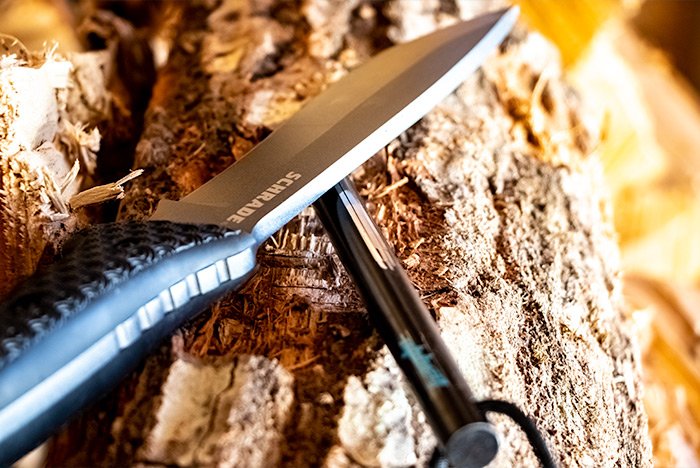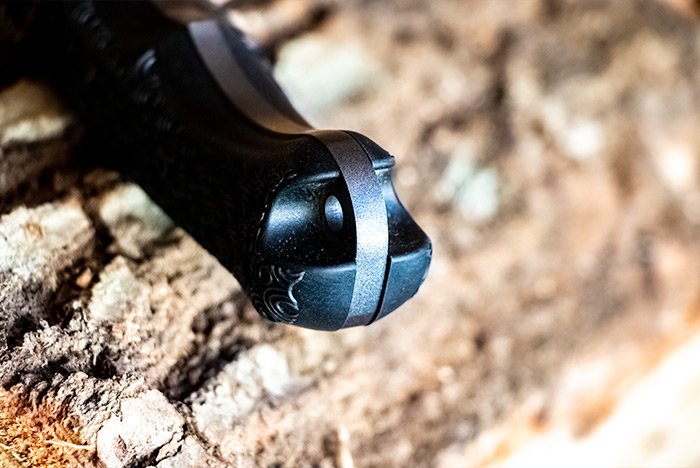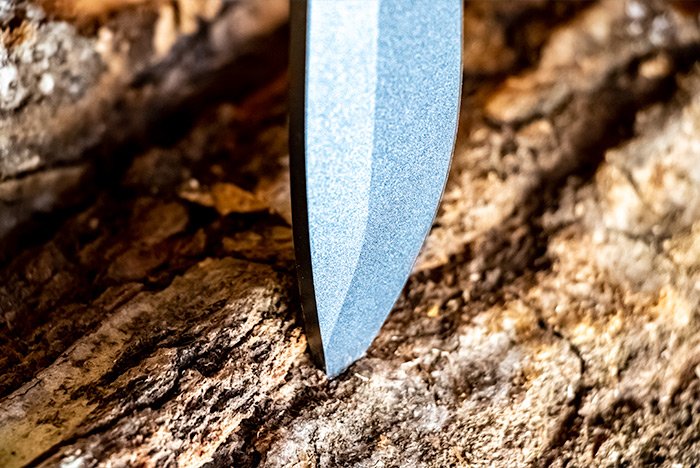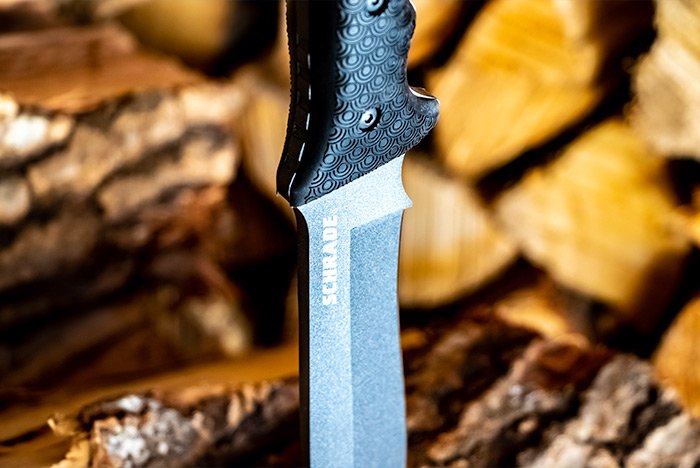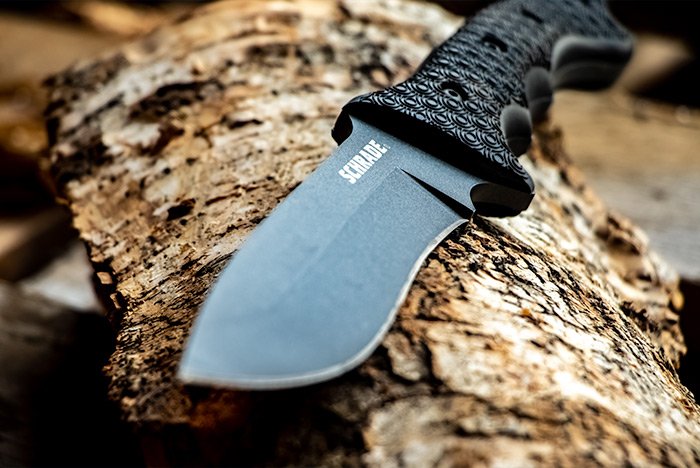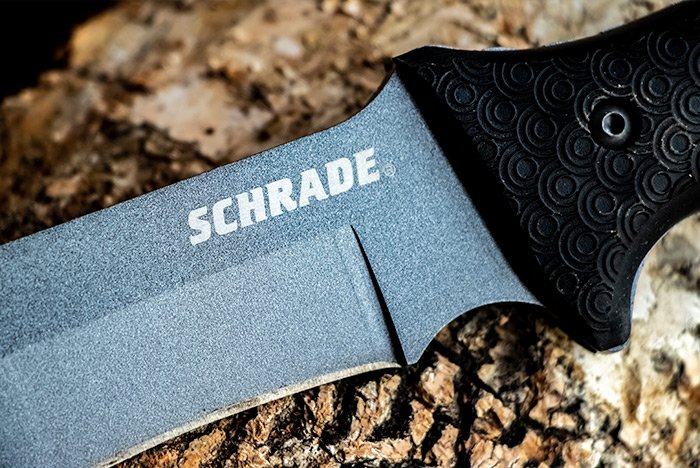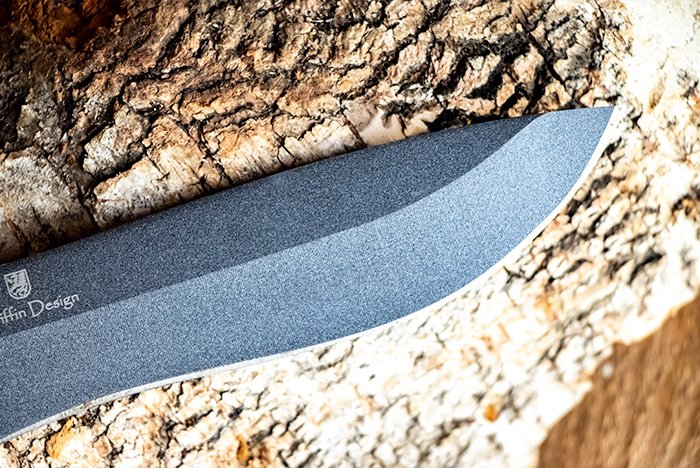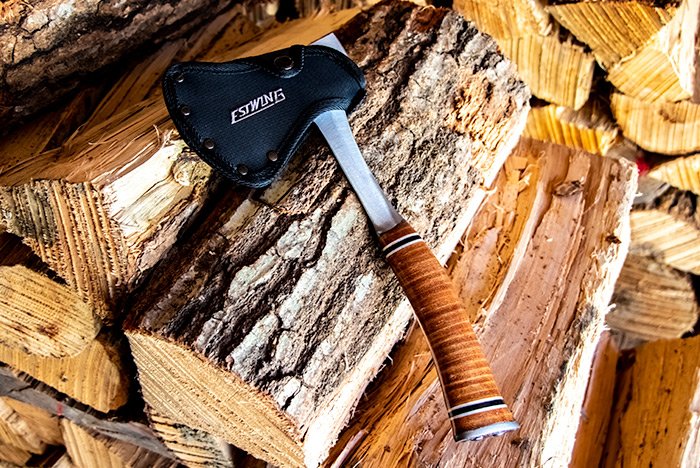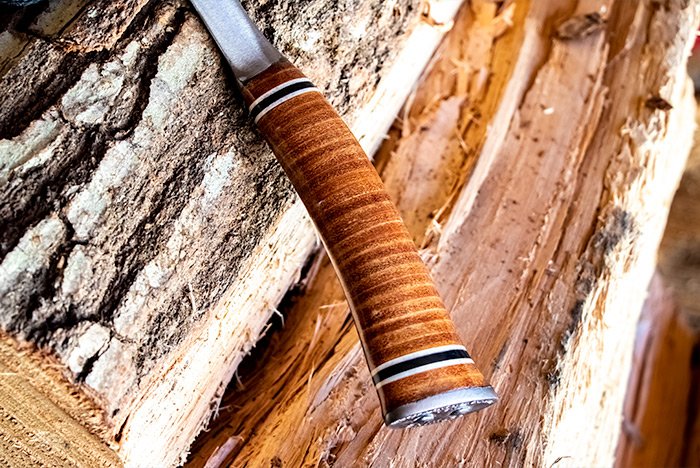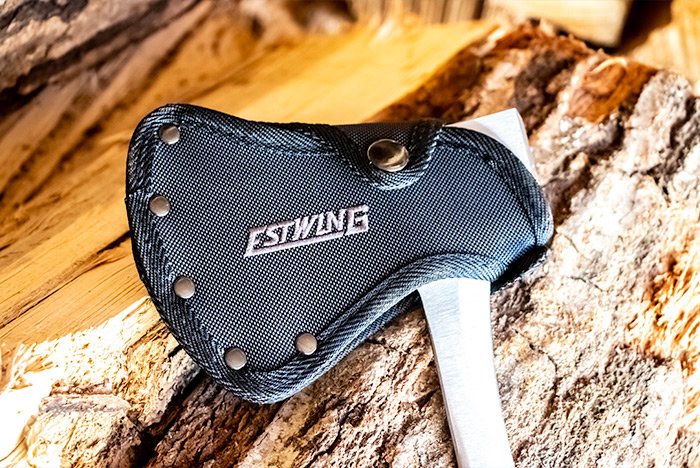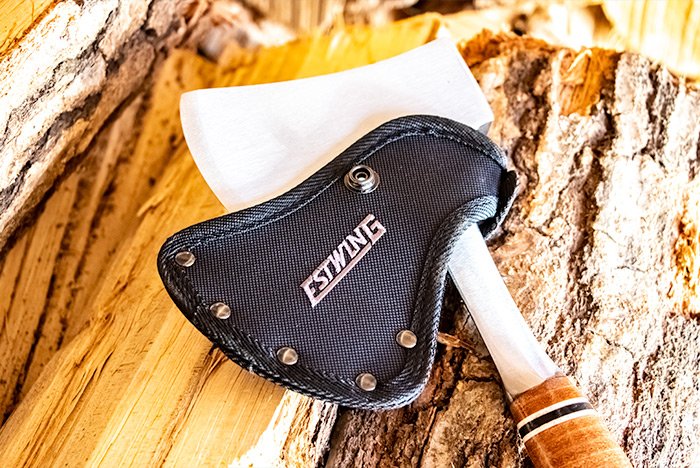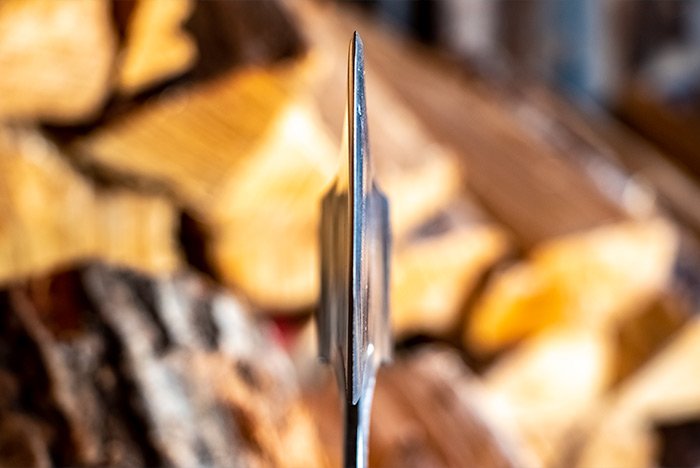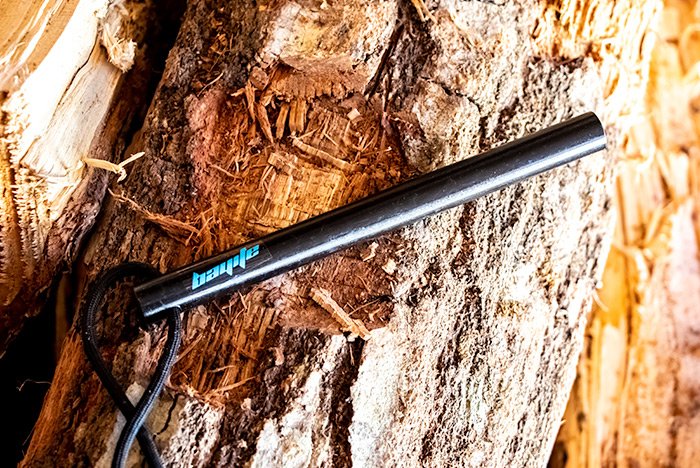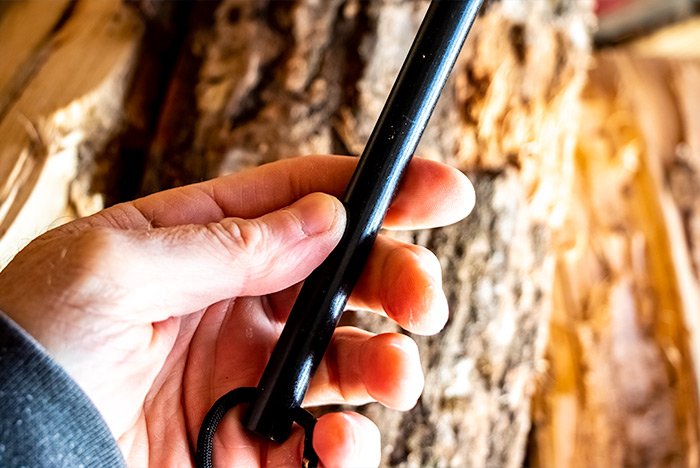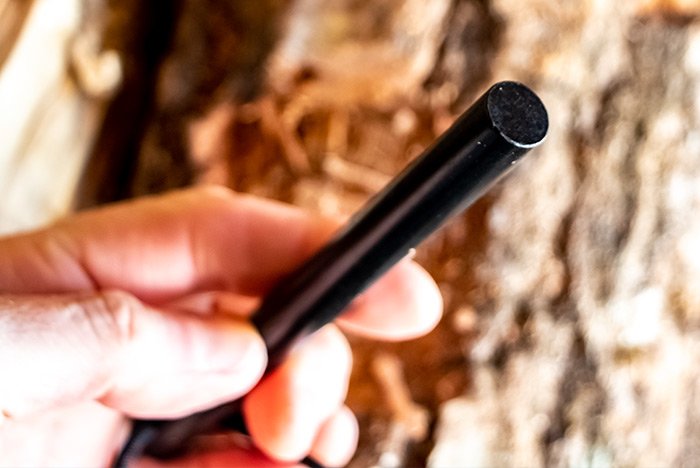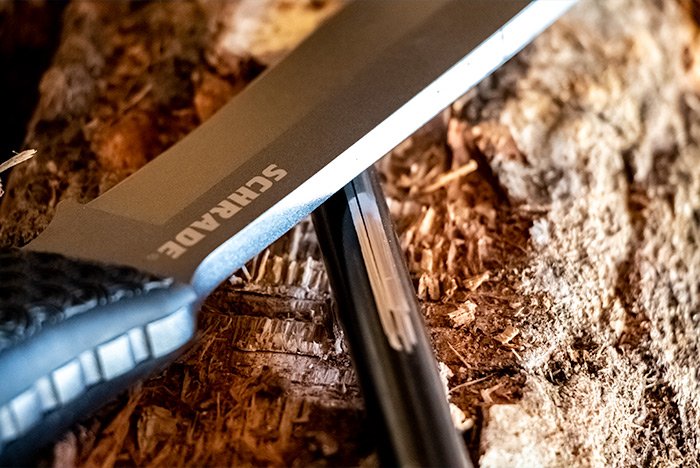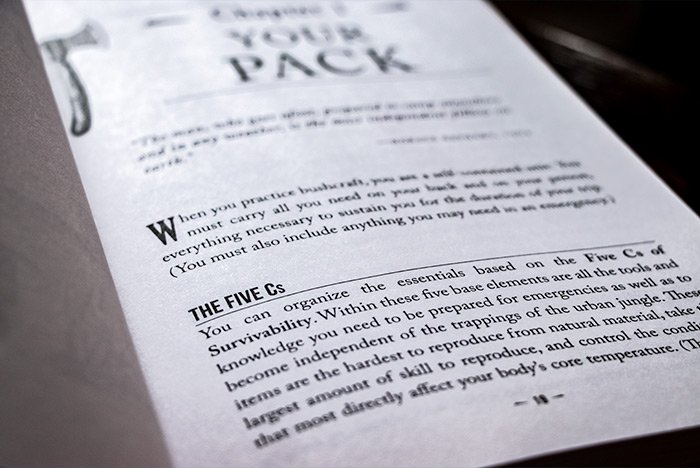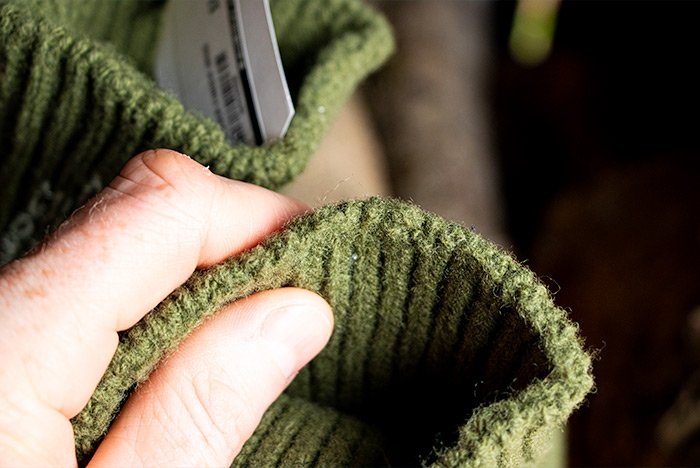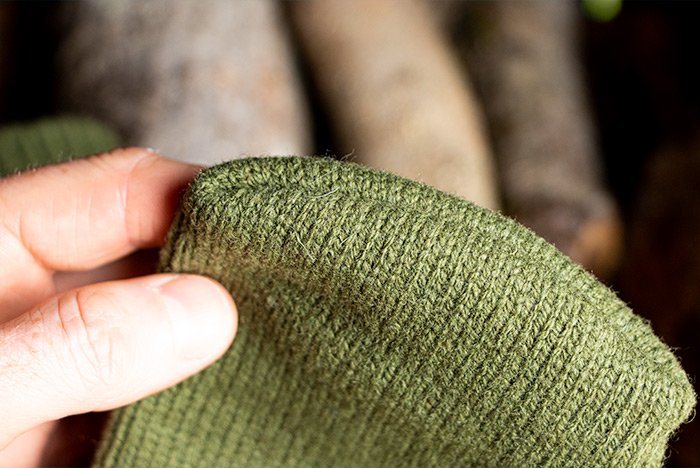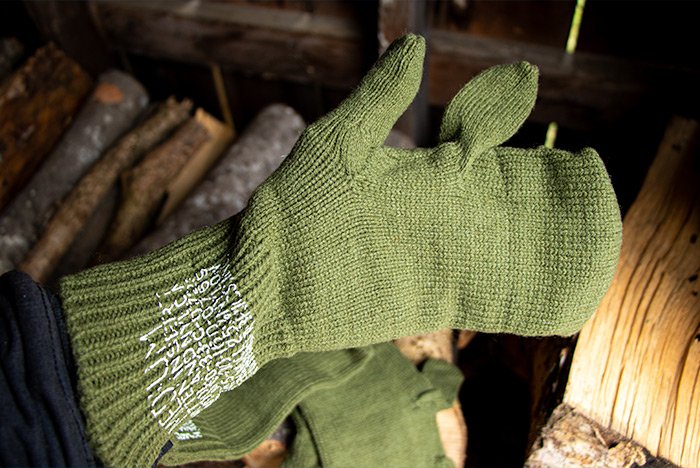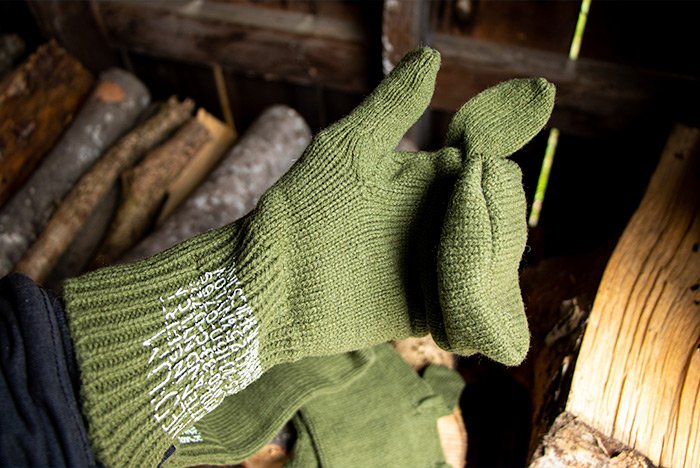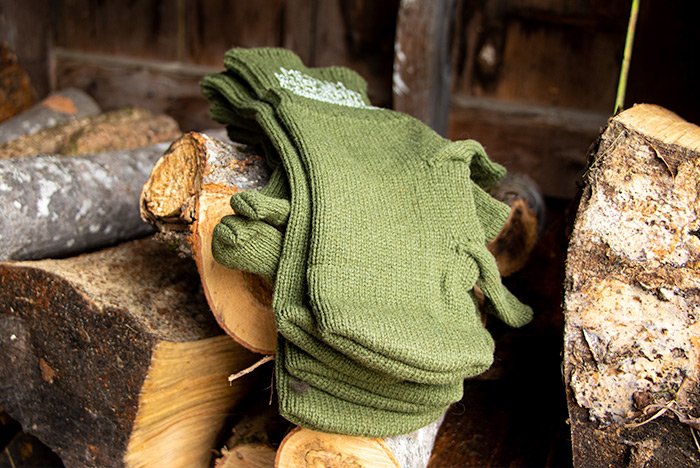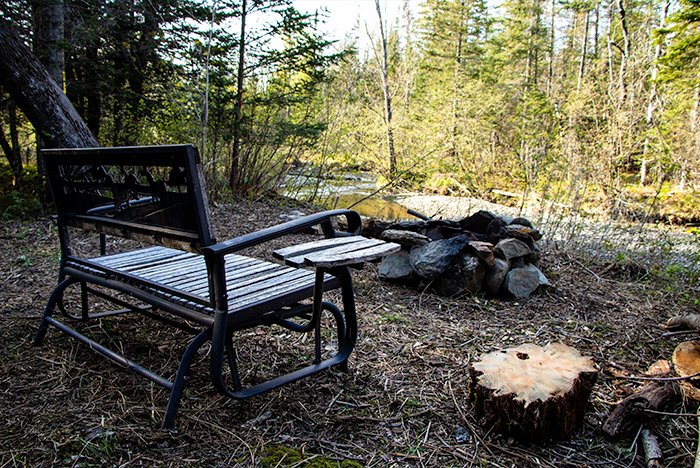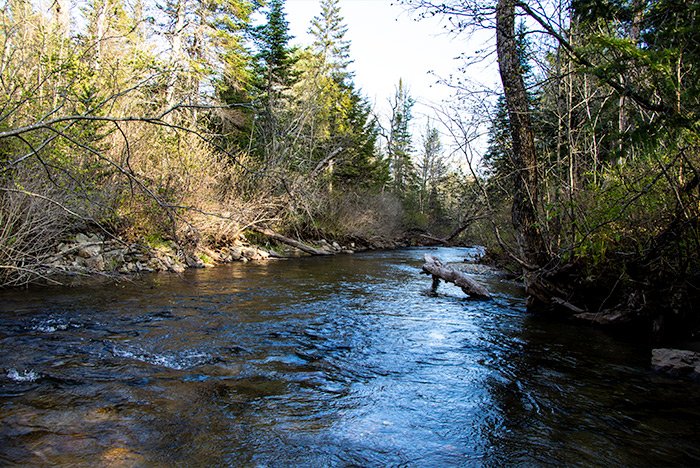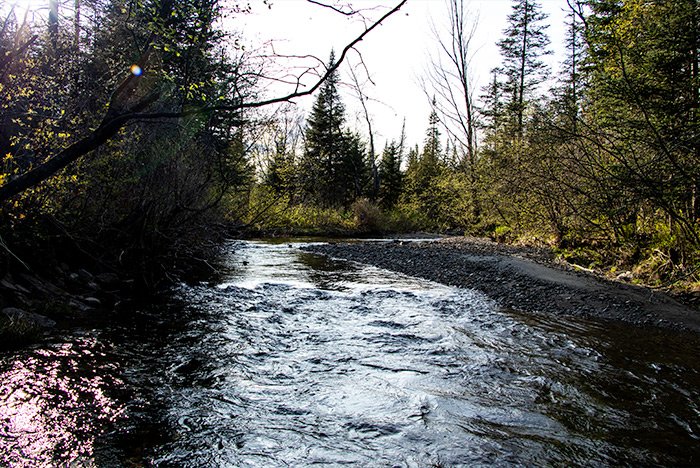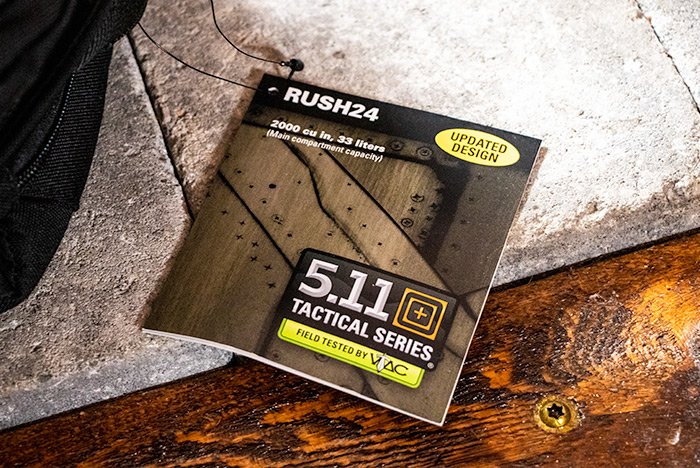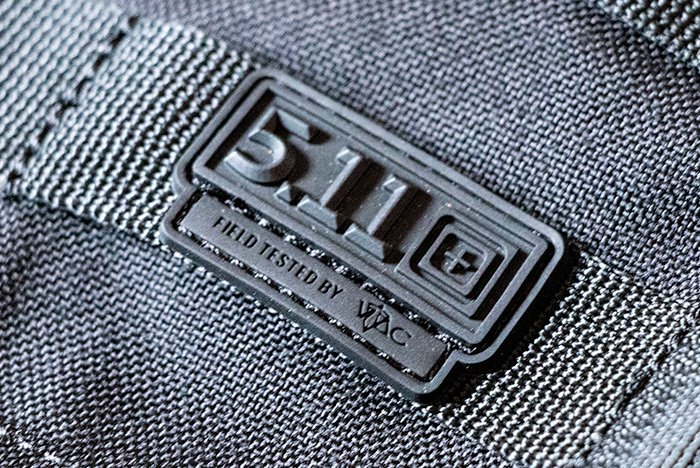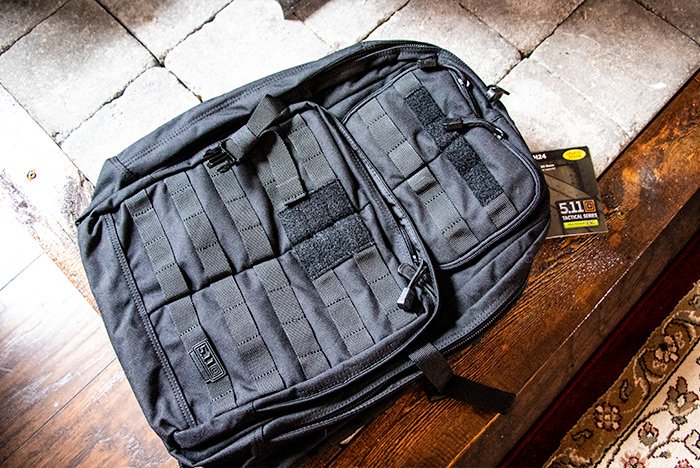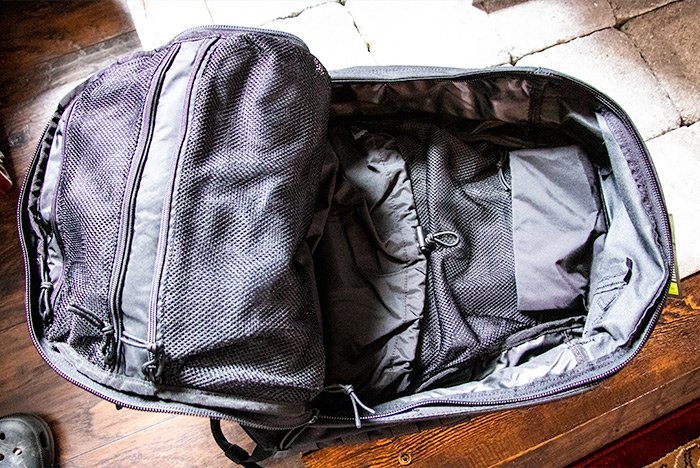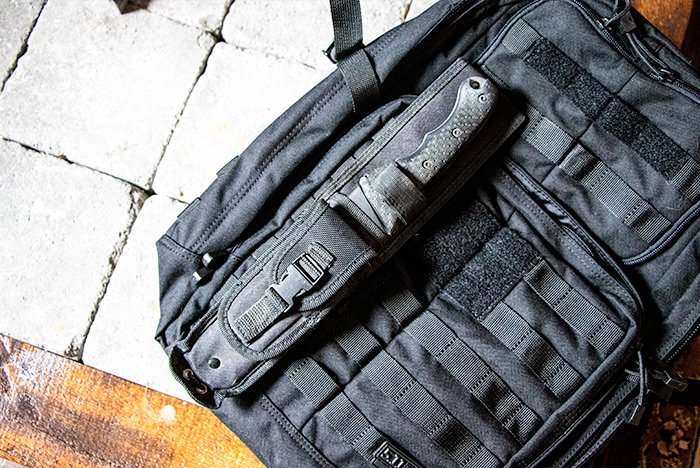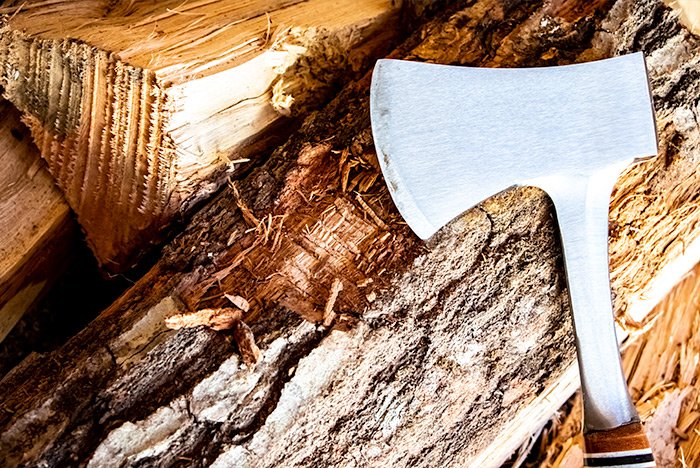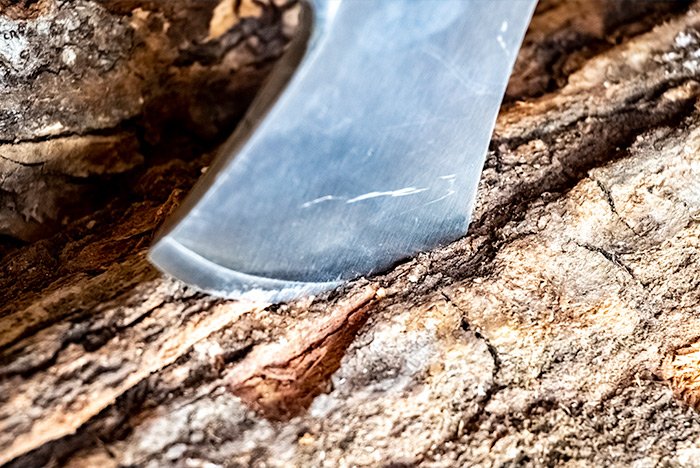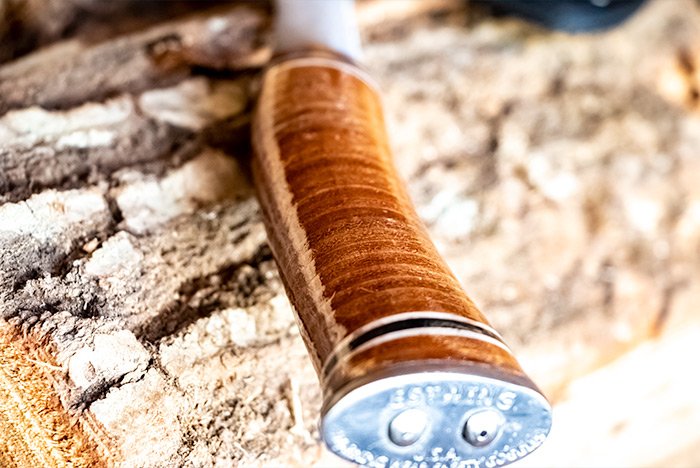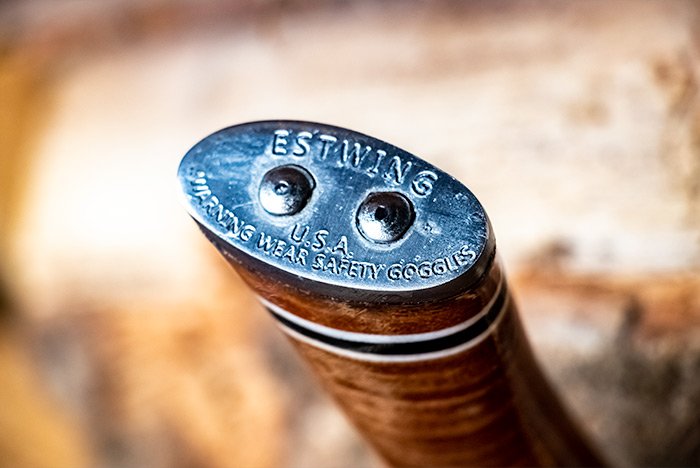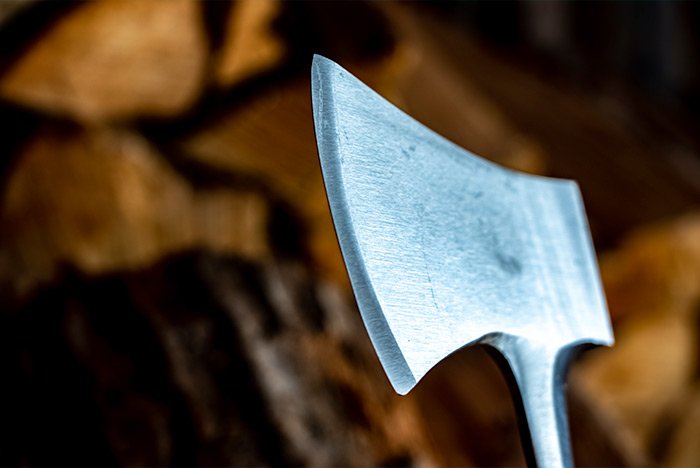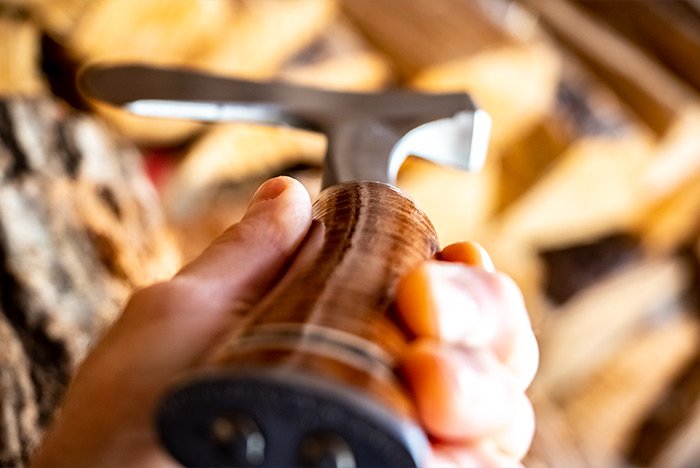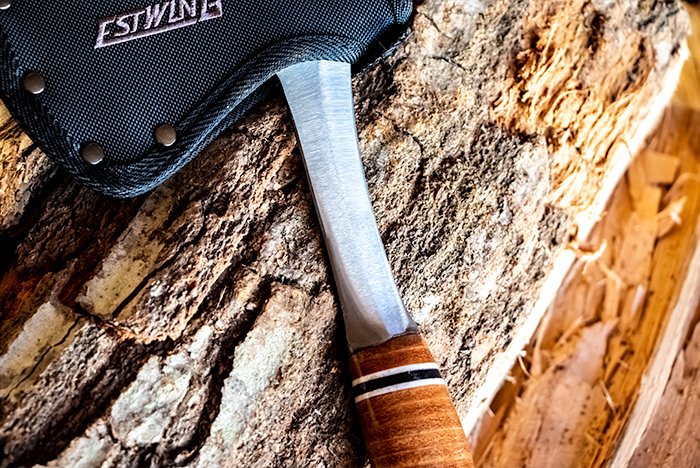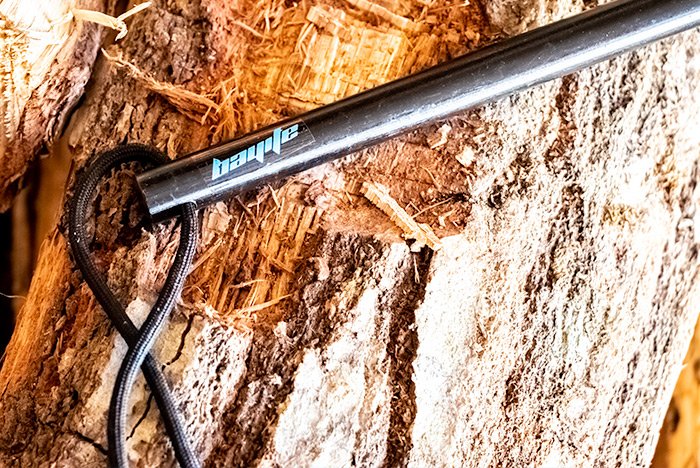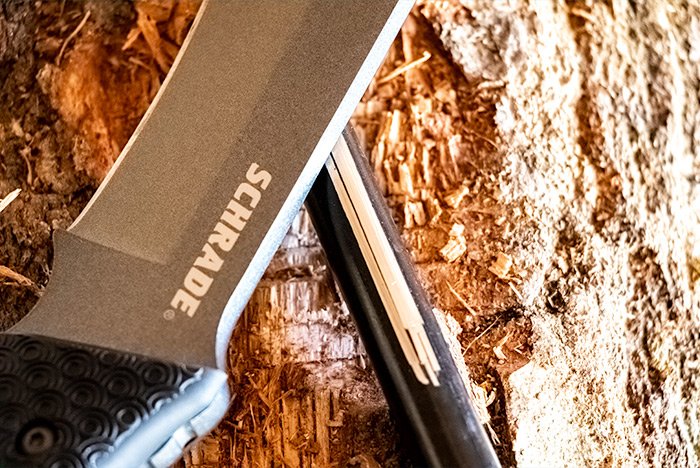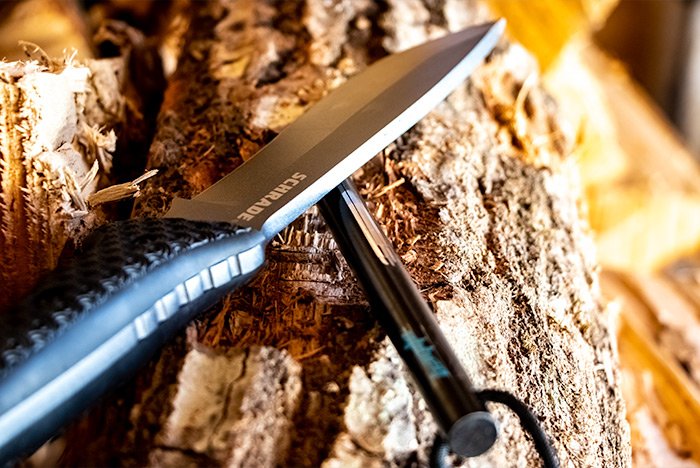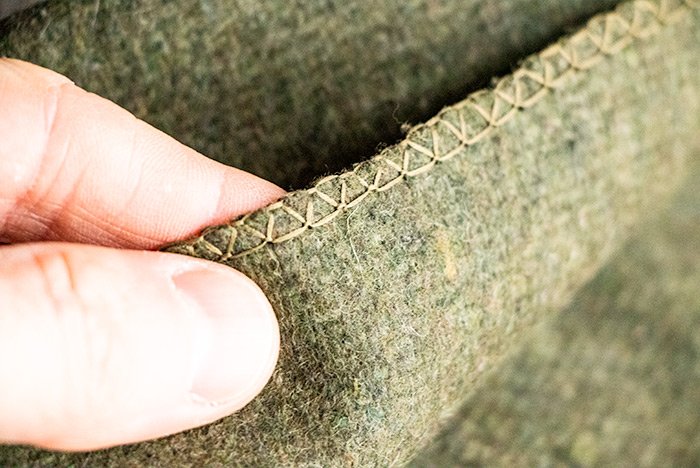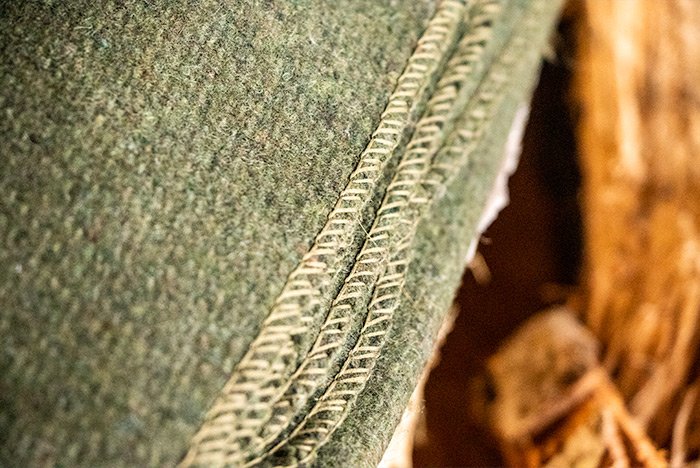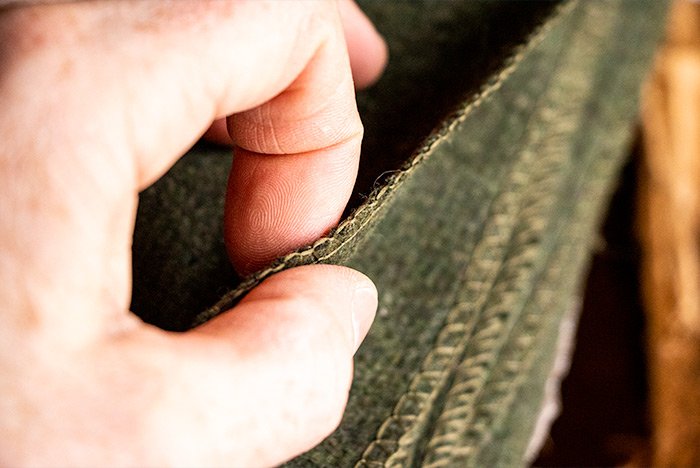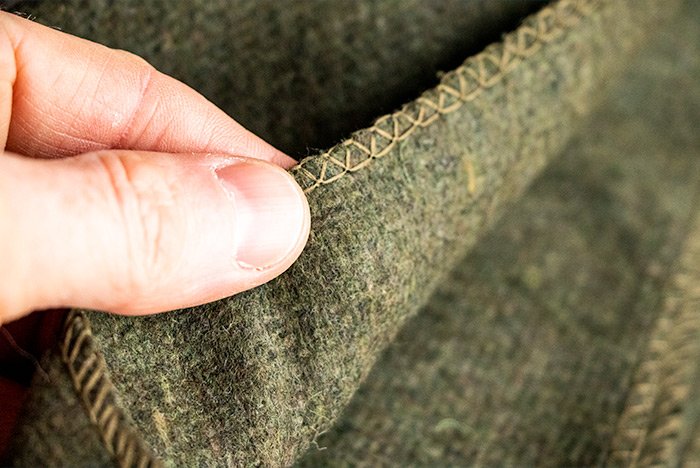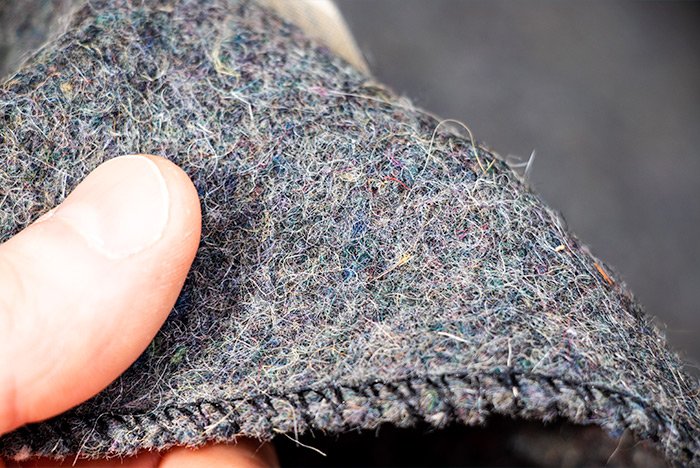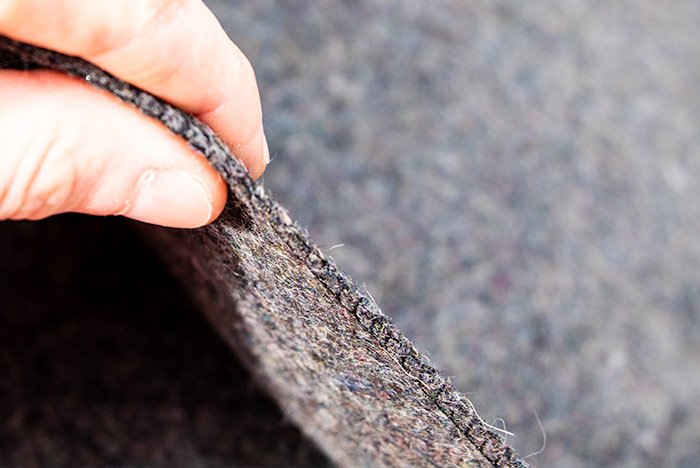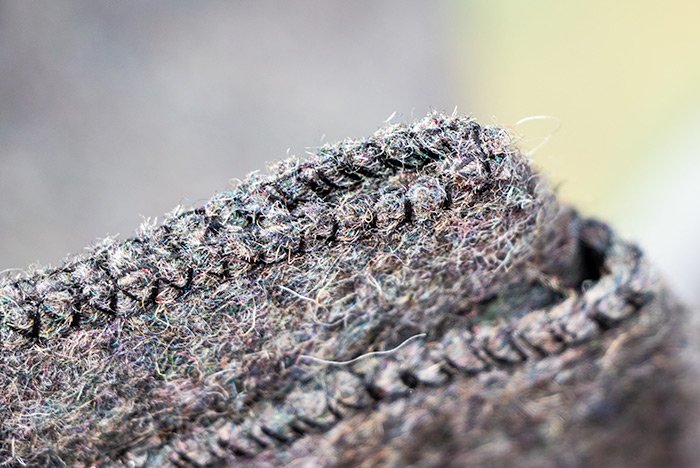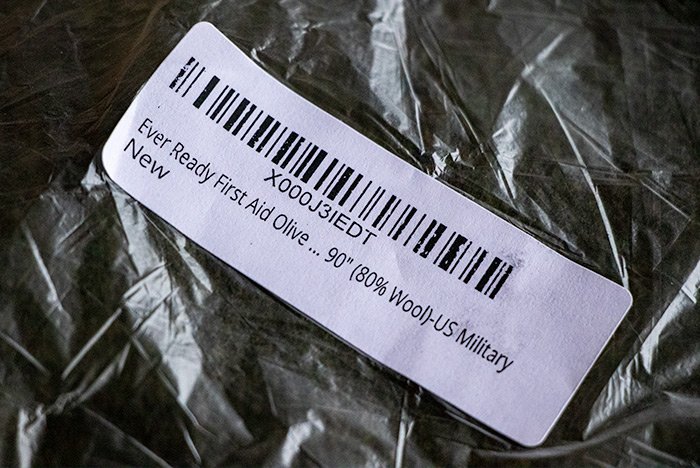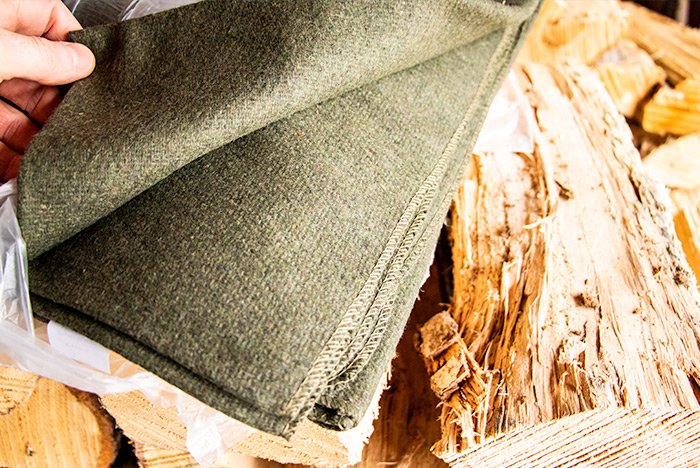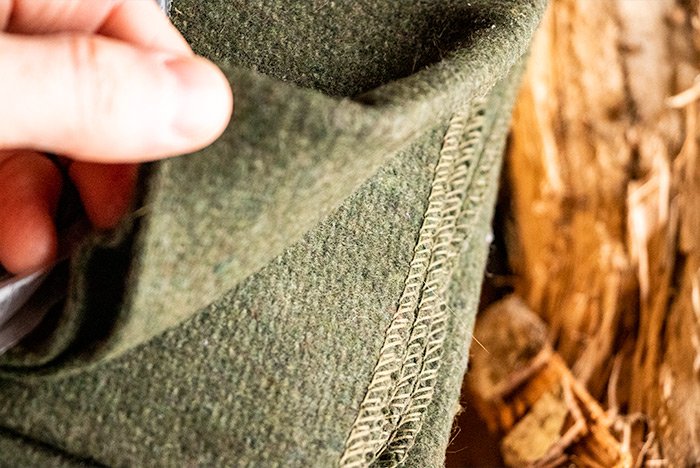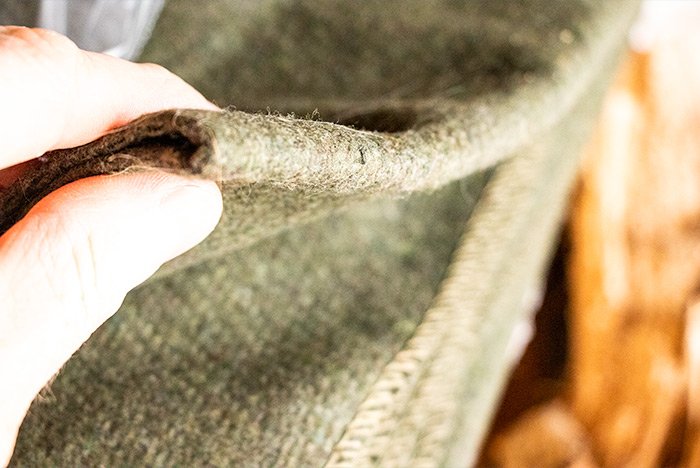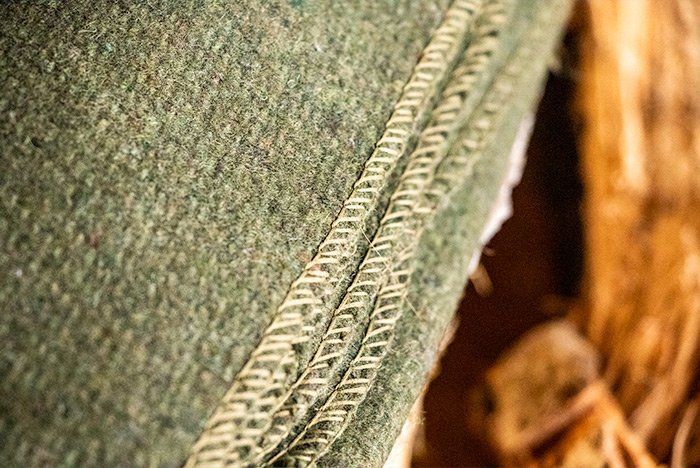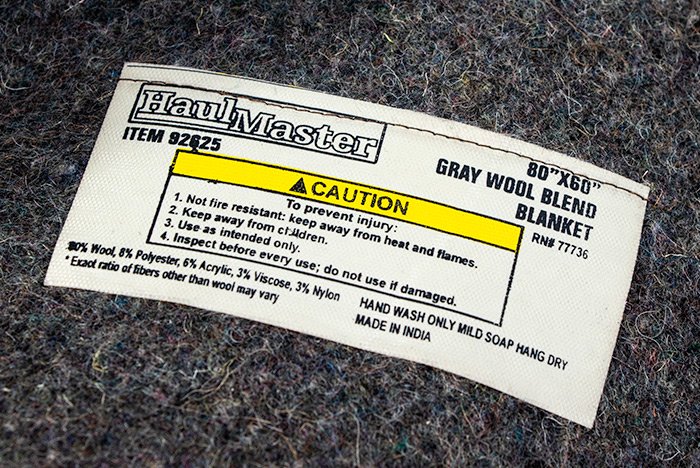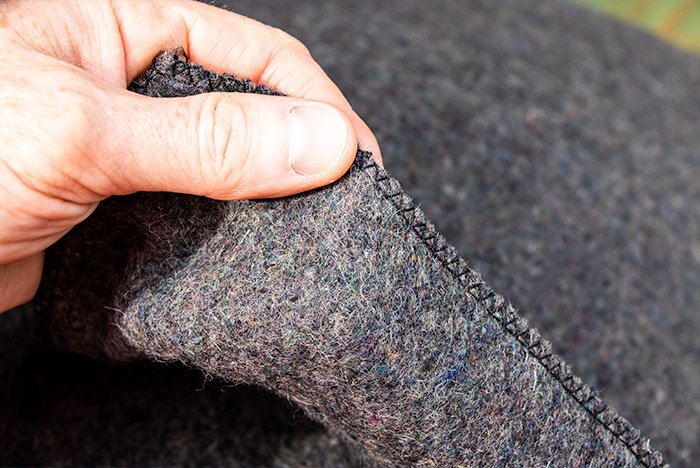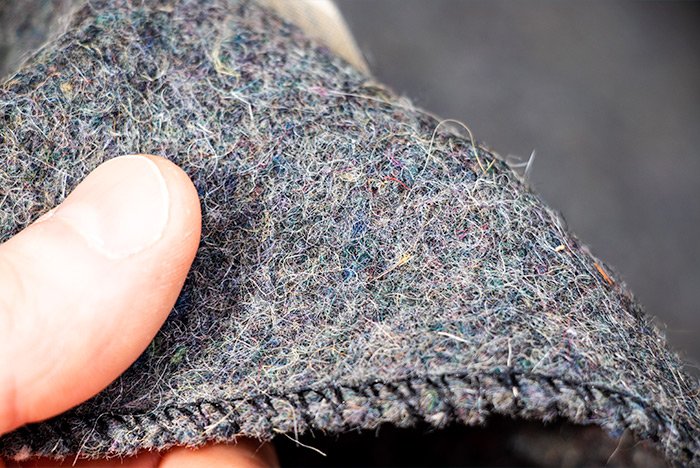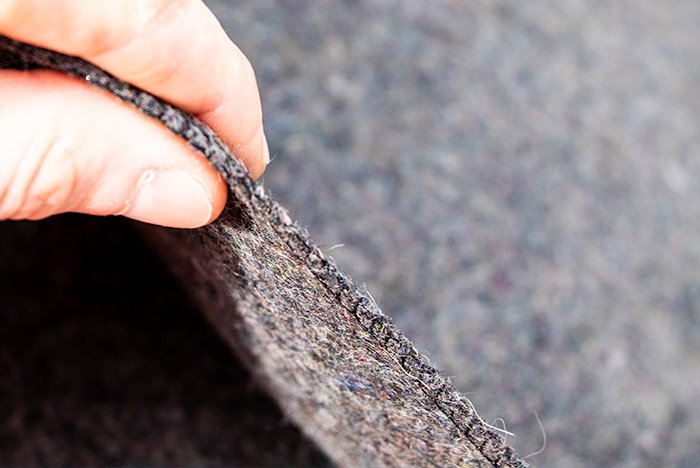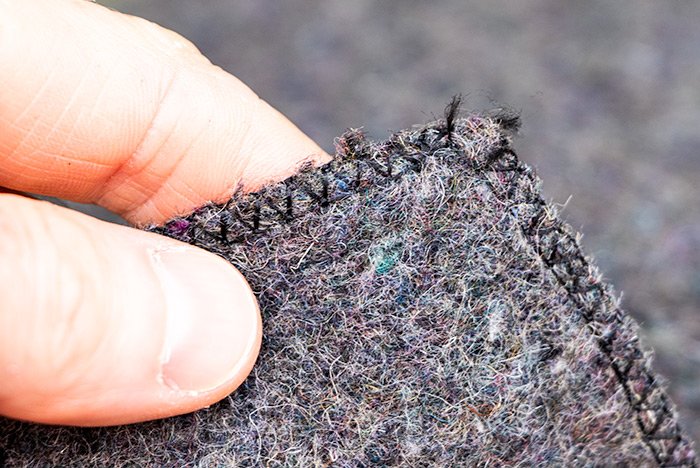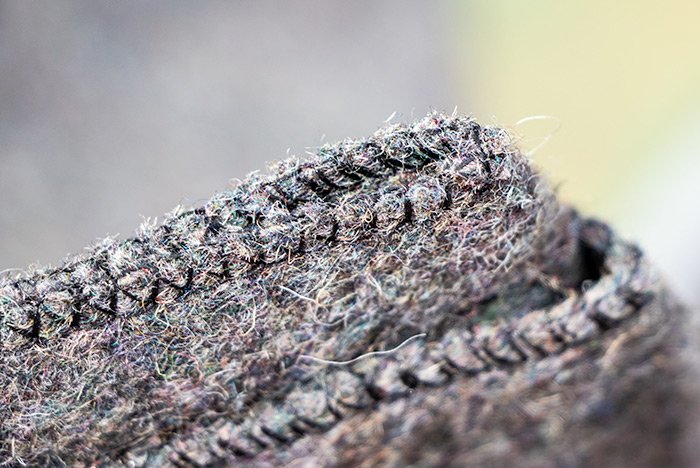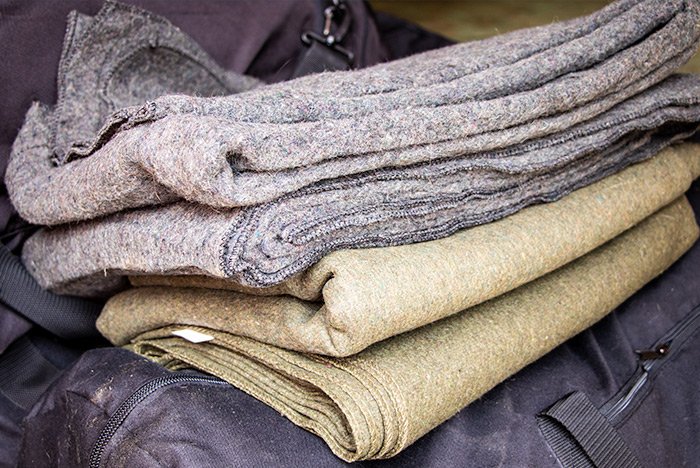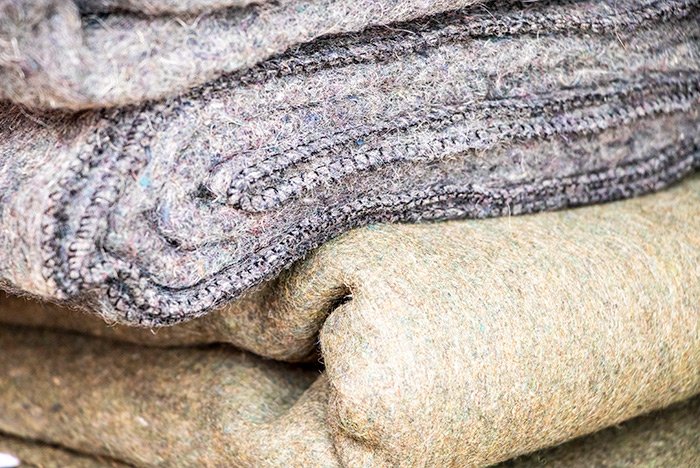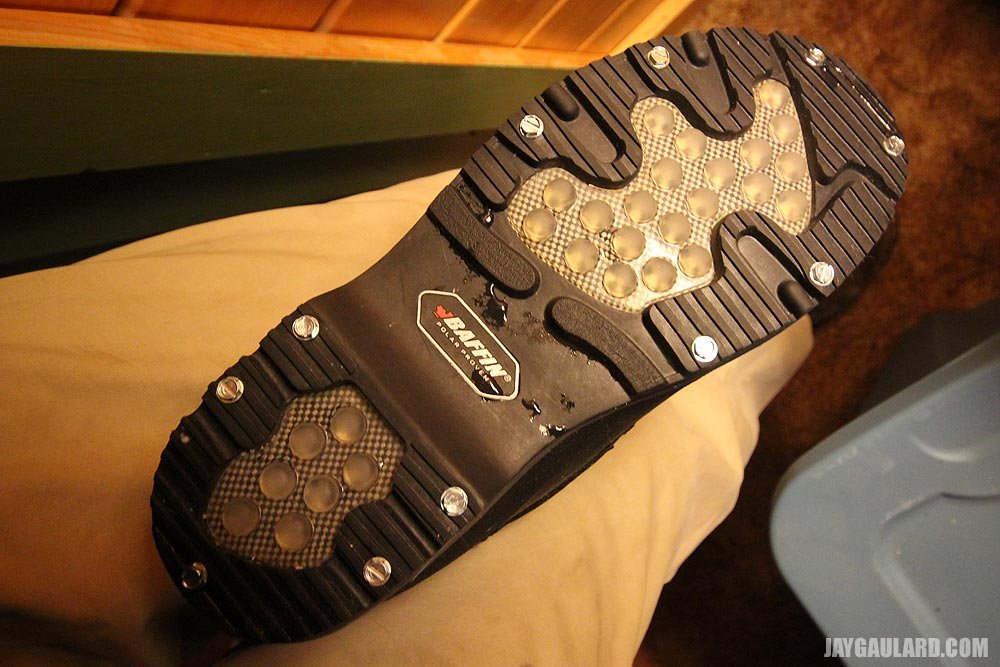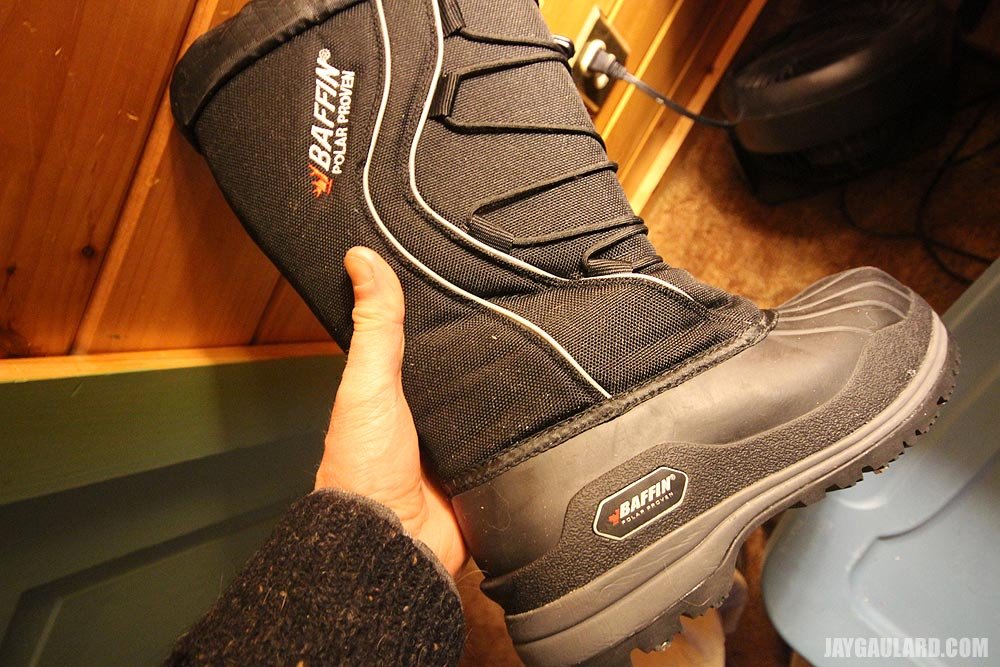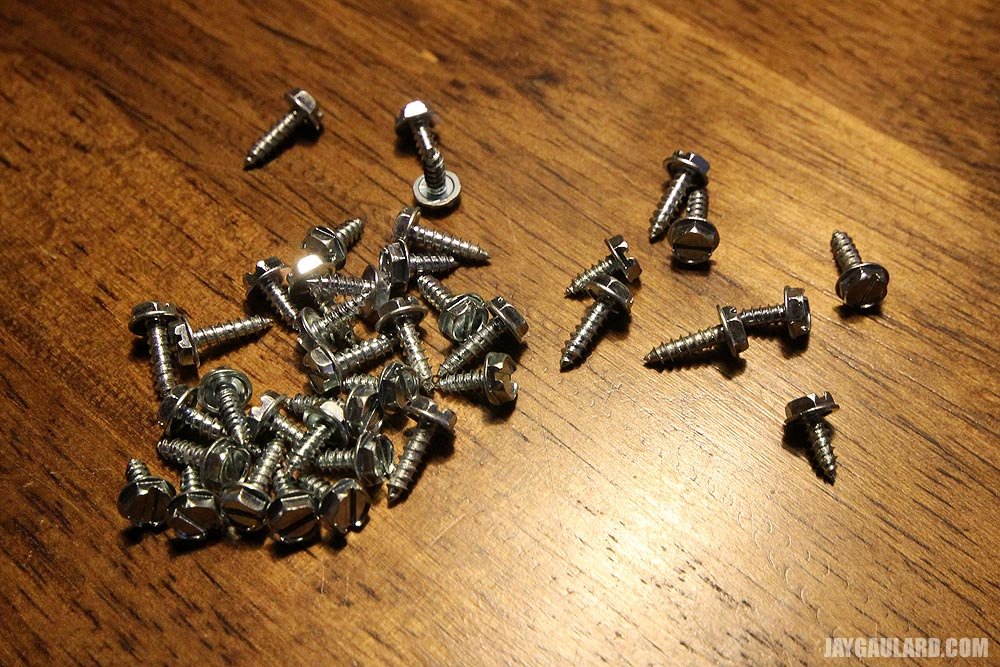What’s the Best Haversack Out There?
Question: To me, haversacks are the best containers in which to carry gear when I go out for short periods of time. I love the look of them and I love the feel of them. They’re very practical and I like the fact that they stay out of my way when I’m hiking and working on stuff while I’m out in the woods. These side bags are indispensable.
For those of you who have never heard of, seen or used a haversack, let me tell you what they are. They’re small-ish bags (12″ square up to 24″ square) that are kept down near the hip. They use a strap that’s draped over the opposing shoulder, so it sort of looks like a side bag. Actually, it would most closely resemble a purse that a woman wears when she’s in an unsafe environment. When a woman is generally someplace she trusts, she’ll hang the strap over the near shoulder to the purse itself is positioned directly below. If she’s in an area where she feels someone might try to steal her purse, she’ll place the strap over the other (far) shoulder, so if someone grabs the purse, they won’t be able to get it. Haversacks also remind me of messenger bags, so they appeal to a fair amount of people.
Haversacks have been around for hundreds of years and they’re awesome because the more modern ones are like small rucksacks. They’re got pockets and zippers in them and they can organize everything you’d likely take with you for a short stint in the outdoors. They’re made of leather, canvas and even nylon. They’re generally water resistant and they oftentimes have sleeves on the outside so you can hang hand tools from them. Very handy.
My question for today is, what’s your favorite haversack? There are many very high quality ones on the market today and I’m looking for feedback on the favorites. I’ve currently got my eye on the following brands: Pathfinder, Duluth, Woodcraft, Campcraft, The Hidden Woodsmen, Raging River Trading and a few others. I’m leaning towards the Duluth because it seems to be the best. I know they are all good, but the Duluth just seems to be a bit higher end. I love gear and I want this thing to last me for the rest of my life. I don’t mind spending a little more.
So what’s your favorite haversack? What’s the best out there? Is there some sort of consensus on this? Is there the “one” everyone wants? Thanks.
Answer: I don’t use a haversack because I always use my 5.11 Rush12, but I’ve seen tons of videos on them. Here are a few that talk about some of the brands you mentioned.
How Does Bushcraft Compare to Camping?
This question has been on my mind for some time now. What I’m starting to notice out there on the internet is a ton of overlap when it comes to bushcraft, backpacking, camping and hiking. Even just hanging out in the woods with a hatchet in hand can be considered…I guess…bushcraft. I know what bushcraft is. It’s the
art of learning about and practicing wilderness survival skills. The issue I’m confronting is the determination of how pure the word “survival” is.
In the most unadulterated sense of the term, bushcraft should be about someone being dropped off in the forest, pretty much naked. From there, they have to figure it out. If they’re proficient with their survival skills, within a week, they’ll likely have a functional shelter, a food and water source and a steady fire. They’ll also most likely have some creature comforts built into their camp, like a chair of some sort and perhaps some trails cut so it’s easier to walk around. As we lean towards the more impure sense of the word, we find ourselves out the woods with a $200 rucksack, a $150 survival knife, ferro rods, tarps, tents, hiking boots and all the rest. To me, that’s more along the lines of camping. Bushcraft is much more survival oriented and with that world, there should be a lot less orange, bright green and black nylon floating around. Even paracord and bank line should be reserved for someone who considers themselves a “camper,” I suppose.
I think I’m simply trying to get a definition here. Personally, I’m fine with borrowing pieces from each discipline. I don’t need to be a hardened bushcrafter. I enjoy sleeping in a tent on a bedroll and I like nice backpacks. I also love all my gear and one of my favorite things to do is to shop for it. I would even like to purchase a sweet camper one day. It’s the outdoors I love and however I can figure out to spend more time in it is fine with me. I guess I just don’t know what to call myself. Do I even need a label?
I can’t remember when I first heard the word “bushcraft,” but it wasn’t that long ago. It was most likely introduced to me on TV. Some survival show, I’m sure. From there on, bushcraft has become wildly popular on the internet and in the outdoors and I have to tell you, I love it. I love the fact that more and more people are getting outside to enjoy nature. All that means is that there will be a greater number of people on earth who are self-sufficient and who respect and would like to protect the outdoors as much as they can. Before bushcraft though, those same people were considered and called “campers.” The problem is, camping can swing wildly in both directions. Some campers own just one old canvas tent from their Boy Scout days and a ferro rod and others own a $300,000 35 foot RV. Oh yeah, and a propane grill. Are both considered campers? I think so, but one definitely leans more towards the bushcraft side and the other definitely leans more towards the rolling house side. But hey, to each their own.
I am probably just trying to get comfortable in my own skin. Much of what I read on the internet and in forums like this one is about bushcrafting. I’ll admit that I feel some guilt after reading through a bunch of content that talks about survival and then I go shopping for the latest hatchet, cordage or canvas whatever. It’s fine though because I have yet to bump into anyone who is judgemental about the whole thing. I’m sure they’re out there, but at least I haven’t met them.
So, what do you think about the comparison between bushcraft and camping? Are they one and the same? Are they completely different? Is there any overlap? I’m curious about your perspective.
What are Pack Frames Used For?
Question: I am so confused about pack frames. I’ve been watching video after video on Youtube in an effort to discern what these things are used for. I’m still not quite sure. I know that backpacks and rucksacks are used with bushcraft and camping, but why does someone need anything beyond that? Are pack frames used when someone doesn’t have a backpack? So if they roll their gear up in their blanket or tarp, they can attach it straight to the pack frame? I’ve seen a video where someone attached their actual rucksack to their pack frame, but in this case, I’m not sure why they did that. If they already had the backpack, why do they need the frame as well?
The only purposes I can see for a frame is to carry firewood and a hunting kill. Please educate me here because I’m trying to get a handle on all the gear that’s necessary for a productive hike, camping trip and bushcraft adventure into the woods. Thank you in advance!
Answer: You are almost there. Yes, many folks use pack frames or just frames for collecting firewood and hauling their load back to camp. Using a frame makes this chore exponentially more efficient. Hunters also use frames to haul their kill back to their truck or vehicle. They’re actually used for all sorts of things. The ALICE pack, for example, is used in conjunction with a frame. That’s just how it was built. I own the Sandpiper Pack Mule frame and I do all sorts of things with it. If I’m going to hike to camp, I attach my backpack to it and bring it along to use with firewood collection as well as a seat. Yes, a seat folds out of it and I sit on that thing for hours. It’s actually quite comfortable.
Answer: Dave Canterbury talks about using a pack frame for hunting as well as to carry gear along with a bedroll. Frames aren’t nearly as popular these days with some types of outdoors people as they were in the past because of alternatives, but they are still very versatile and of good use. Dave likes the Roycroft frame, frames from Cabela’s and Bull Pac. He really likes the Bull Pac frame. Apparently, it’s extremely durable and it also has a lifetime warranty.
The thing is, you can carry tons of weight with these frames, so if you’re out in the woods or someplace else that requires you to carry heavy items, you can do it much easier on your back with a frame. Just imagine trying to carry something without one. I’ll leave a video in this post for you to look at, but I’ll tell you that in it, you can see people using frames to carry leaf blowers, packs of roofing shingles, hunting kills, deer and moose sheds, lots of camping gear and machinery. They’re pretty great. Don’t forget about archery gear and guns for hunting.
What is MOLLE on Rucksacks?
Question: As you know, I’m looking to purchase my first rucksack and I think I’ve decided on what I want. I’m going to start out with the 5.11 Rush24 and then I’ll move onto the Rush72 when winter rolls around. I know these are more expensive than what I was initially looking for, but I just can’t get over how great the material is they’re made of. It’s the Durable 1050D nylon that sold me. And yes, you read that correctly. I’m going to start off with the smaller bag and then buy the larger one for winter camping. I’ll obviously need more room in the winter for all my clothing.
I keep seeing the word “MOLLE” when looking at rucksacks. In the beginning, I was like, “What is this stuff?” But now, I think I know what it is, but I want to make sure. It is what you attach things to? They call it webbing. It doesn’t look like webbing. Can anyone help? Also, is it important to have MOLLE on a bag?
Answer: MOLLE is a very simple concept. It’s simply nylon straps that are sown to a rucksack or backpack that you can attach accessories to. You can clip to the loops that MOLLE creates or you can purchase accessory pouches from many different vendors and then attach these pouches to the outside of your pack, in conjunction with the nylon straps. With this system, you can store flashlights, canteens, knives, etc… on the outside of your bag as opposed to the inside, which would use up valuable storage space. It’s really a great idea and it’s very secure. To answer your question, yes, it is important to buy a bag that utilizes the MOLLE system. I wouldn’t buy anything without it. Also, great choice for rucksacks. Those 5.11 bags are very high quality.
Answer: Here’s a video for you to watch that will explain what MOLLE is. It’s from the same company that makes the bag you want. Also, I just took a look on Amazon and there are tons of MOLLE accessory pouches. You’re going to like your rucksack.
What’s the Best Brand Rucksack to Buy?
Question: Hi there. I’m currently in the market for my very first rucksack, or backpack. Whatever you want to call them. I’m getting into bushcraft and camping and I know I’ll need a nice bag in which to carry all of my stuff. The problem I’m finding out there is that there are about a zillion different brands and I’m not sure if there is a specific “type” of bag I need for my uses. I’m getting confused. I’ve been advised to look for bags that don’t have tons of pockets in the inside because if it’s more of a bucket style, I’ll be able to line the sack with a plastic bag or something like that to keep my gear in and then when I make it to camp, I can remove that bag and use the sack to collect firewood, fatwood or whatever. I think that’s good advice, but the thing is, I seem to have a small addiction to lots of pockets and compartments. I’ll have to get over that.
I’ve been doing some reading on rucksacks and here’s what I’ve found to be most important. Overall durability matters. This was pretty much a no-brainer. I already knew this. I love canvas, but I also really like black nylon, so that’s going to be a toss-up. As long as the nylon is strong enough for the abuse the bag is surely going to face. All the zippers, buckles, mesh and straps have to be heavy duty because I’m not messing with light-duty stuff out in the wild. The exterior also needs to be somewhat water resistant. I don’t expect the entire thing to stay dry if I throw it in a lake, but it would be nice if the contents I was carrying didn’t get wet in the rain.
Are military surplus rucksacks any good? Does anyone have any experience with them? How do they actually look in person? I’ve never been inside one of those military surplus stores, so I’m at a loss here. I can imagine that most of those bags are made of canvas. I hear they’re very good though.
What about size? Is 35 liter a good size? I’ve read that 35 liter is perfect for a lot of people and that 40 liter is too big for some. I weigh about 135 pounds and I really don’t want to be carrying something huge on my back.
Okay, so here’s the big question. What about price? What’s not enough money to spend on a rucksack and what’s too much? I hear that Duluth brand bushcraft rucksacks are among the best available, but I just visited both their bushcraft sack page and their Amazon.com page that sells the same pack and the price is the same at $495. I can tell you this right now. I am not spending that kind of cash on a backpack. That’s crazy. I am looking at a very nice mPac military style tactical backpack right now and it only costs $32.99. It looks good to me, although, it has lots of pockets and compartments, which I was advised against. It’s rated highly though.
Other types and brands of rucksacks I’ve heard are good are Swedish Mountain Rucksacks, U.S. ALICE and USMC ILBE sacks. Has anyone heard of these or do you have experience with them? I’d love to know.
Right now, I’m undecided on the waist belt option. As I sit here and type, I’m telling myself that I won’t need that, but I have a strange feeling that one day I’ll be kicking myself for not getting it. I’d love for there to be an option to add a belt if I want. I’ll probably need to try out a bag in person to make this decision. I see a trip to Cabela’s in my future.
One last thing. I would like there to be the option of hanging clips and hooks off of the pack, if possible. I will probably be buying some D-rings to use and I wouldn’t mind some loops on the bag that I could clip to.
And that’s about it! I’ll add anything I forgot later. So please, if you have an opinion on rucksacks, please tell me. I’m ready to buy one and I can use all the help I can get. Thank you!
Answer: I’m somewhat of a rucksack junky. I don’t own many, but I do enjoy watching video reviews on them and then putting those I like in my Amazon cart. So far, these brands and packs are my favorites:
– RUPUMPACK Military Tactical Backpack (33L)
– Tactical Military 1050D Nylon Black Backpack Carrying Rucksack (50L)
– MEWAY 42L Military Tactical Backpack (42L)
– SunsionPro MTB-130 Military Tactical Assault Backpack (43L)
– WolfWarriorX Military Tactical Assault Backpack (39L to 64L)
I believe most of the rucksacks you’ll find on Amazon.com are knockoffs of real brands, but since 99% of them are made in China anyway, you probably won’t see a difference in quality. Also, each of the packs I just listed is compatible with the MOLLE system. I think this is what you were referring to when you said you wanted places to connect clips and hooks to. Look this up and I think you’ll be impressed. Best part is, I don’t think any pack above is more than $40.
Question: I looked at all of the options you suggested and they are pretty awesome. I may go with one of them if I can ever make a decision. I will tell you that I’ve recently discovered the 5.11 Rush24 and I think I’m liking what I see. I just asked a question on this forum about the type of nylon this bag is made of. Do you know about nylon?
Answer: I think you’ll really like either the RUSH24 or the RUSH72, depending on the size you’re looking for. Both are great.
What’s the Most Important Gear to Bring Camping?
I’m wondering if my camping gear list is complete. I don’t do as much bushcraft as I do regular camping, but I do use the principles of the
Five Cs of Survivability to help me remember what I need to bring along for my camping trips. I’d like to go through my short list here to see if anyone has anything to add. I’m always forgetting one thing or another, so any input would be appreciated. Also, if you’d like to share what you bring along with you on your own bushcraft or camping outings, I’d love to see that list as well.
I’ll use the Five Cs as a guide here.
Cutting Tools: My Schrade survival knife with a high-carbon steel blade. My Estwing hatchet. Usually some sort of smaller cutting blade, such as a pocket knife or a box cutter or something like that.
Coverage: I usually use my ALPS four man tent or my Coleman 8 person tent. I bring two tarps, one to go above the tent and one to go below it. I have two cold weather sleeping bags, four wool blankets and two twin air mattresses for sleeping. And pillows (sometimes). Sometimes I’ll bring along some moving blankets to go underneath the sleeping bags, if it’s super cold out.
Combustion: I’ll generally bring a lighter and waterproof matches as backup if my ferro rod doesn’t work out. I like to use the ferro rod for practice, but when I’m not in the mood, I’ll bring out my fatwood or newspaper and a lighter, just to get things going. This scenario is usually due to it being later in the day when I show up at the camp site.
Container: I have an aluminum drinking container that I use that’s not insulated as well as one that’s insulated. I’ve been known to bring along a gallon jug of water as well.
Cordage: I have more paracord that I know what to do with. I also bring along a 3/8 inch thick rope for other uses, such as a clothesline. I don’t use that one a lot though because it’s very bulky. I’m now looking into some bank line that I hear is the next greatest thing.
So how does that sound? Am I on the right path? Is there something glaring that I’m missing? I feel like I’m missing something, but I just can’t pin it down. Thanks!
